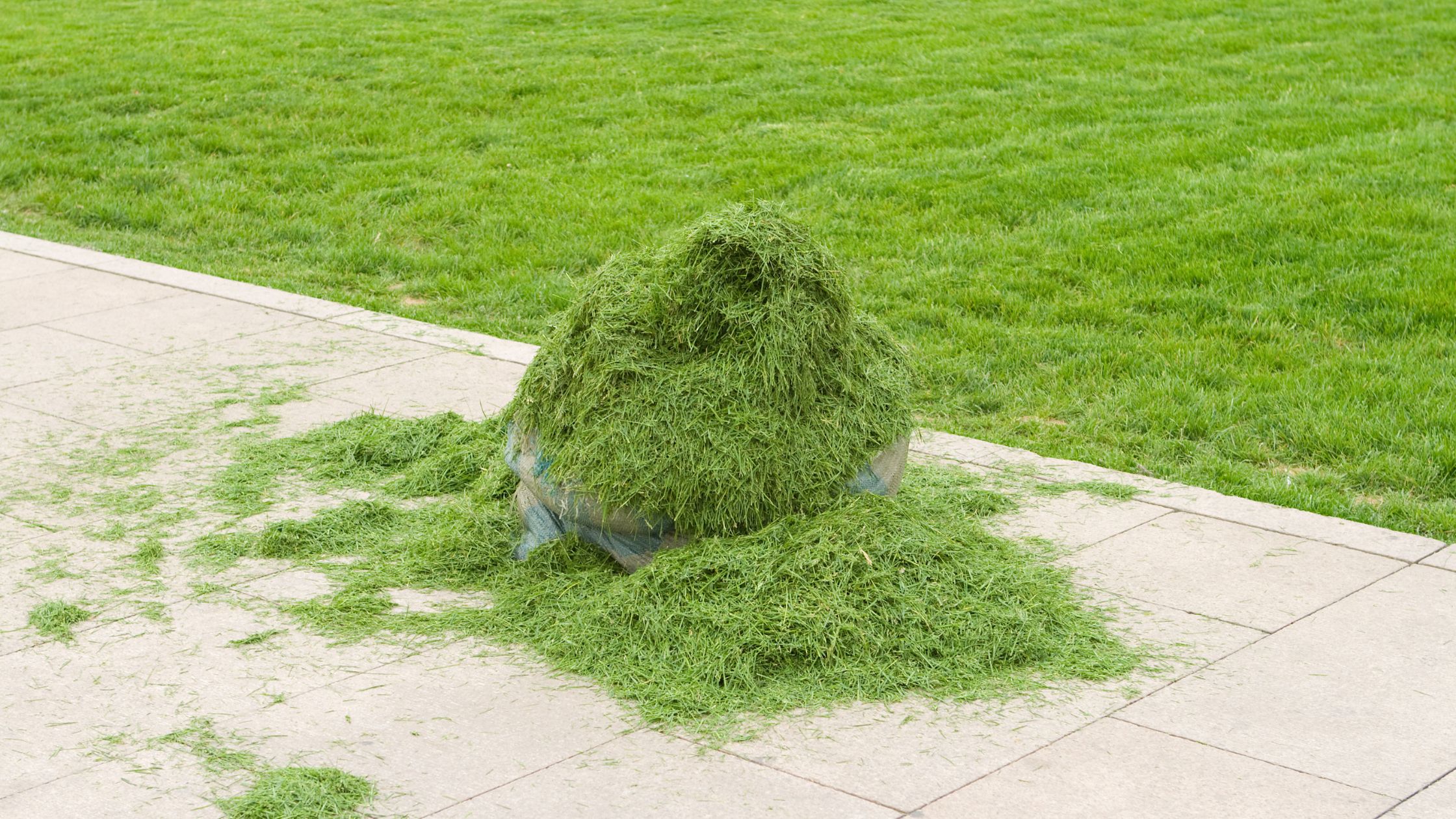
Should You Leave Grass Clippings or Bag Them in June?
In most cases, you should leave grass clippings on the lawn in June. Mulching clippings helps return nutrients to the soil, retain moisture, and strengthen grass — especially during early summer growth. Bag clippings only if the lawn is overgrown, wet, or weed-heavy.
Should You Leave Grass Clippings or Bag Them in June?
June is peak mowing season in Cleveland. The spring surge of grass growth is still going strong, and you’re probably cutting the lawn weekly — maybe even more.
That leads to the classic mowing question:
Do I leave the clippings or bag them up?
The answer depends on your lawn’s condition, mowing habits, and goals. Let’s break down when you should mulch your clippings — and when it’s smarter to bag them up and haul them away.
✅ Why You Should Usually Leave Clippings on the Lawn
1. Free Fertilizer
Grass clippings are packed with nitrogen — the same key nutrient found in lawn fertilizer. When left on the lawn, they break down quickly and return valuable nutrients to the soil.
-
Saves money on fertilizer
-
Encourages healthy, green growth
-
Reduces waste going to landfills or yard debris bags
2. Better Moisture Retention
June in Northeast Ohio often brings fluctuating rain and heat. Mulched clippings form a light layer that helps shade the soil and lock in moisture. That’s especially helpful during early dry spells or windy days.
3. Supports Soil Life
Clippings feed beneficial microbes and earthworms, which help break down organic matter and build healthier soil. This means better root development, improved drainage, and more drought resistance later in the summer.
🚫 When You Should Bag the Clippings
There are times when bagging is the better call — especially if your lawn is dealing with stress, disease, or fast growth.
1. You Let the Lawn Get Too Long
If you’ve missed a mowing cycle and the grass is 6 inches or taller, mowing it down in one pass can leave heavy clumps of wet clippings that smother the grass underneath.
Tip: In this case, mow high first, then lower the mower and mow again — or bag the clippings to avoid choking out your lawn.
2. Your Lawn Is Full of Weeds
If your lawn has visible patches of seed-heavy weeds like dandelions, clover, or crabgrass, mulching the clippings could spread weed seeds across the yard. Bagging them helps avoid re-seeding unwanted plants.
3. You’re Dealing with Lawn Disease
Fungal problems like red thread, brown patch, or leaf spot can spread through infected clippings. If you’ve recently treated or noticed signs of disease, bagging the clippings temporarily is the safer move.
✂️ Mowing Tips to Make Mulching Work
If you want to leave clippings — and get the benefits without the mess — follow these mowing best practices:
-
Follow the 1/3 Rule: Never cut more than one-third of the grass height at once
-
Keep mower blades sharp for clean cuts and even mulch
-
Mow when the grass is dry to avoid clumps
-
Mow more often in early summer — once every 5–7 days is ideal in June
-
Use a mulching mower blade or kit to finely chop clippings into quick-decomposing pieces
Mulching works best when clippings are short and dry enough to disappear into the grass canopy.
♻️ What About Composting Clippings?
If you prefer a clean-cut lawn or have too many clippings, composting is a great option. Grass clippings are nitrogen-rich “green” material, perfect for balancing with carbon-rich “browns” like leaves, wood chips, or shredded paper.
Just avoid adding clippings from lawns treated with chemical herbicides or pesticides — these can interfere with compost health and future use in gardens.
🧠 FAQ
Q: Will clippings cause thatch buildup if I leave them?
No — that’s a common myth. Clippings decompose quickly and don’t contribute to thatch, which is caused by roots and stems that build up faster than they break down.
Q: Can I mulch clippings if I mow with a regular mower?
Yes, but a dedicated mulching blade will give better results. Standard blades can leave longer pieces that clump more easily.
Q: Should I leave clippings if I just fertilized?
Yes! Leaving clippings actually boosts the effectiveness of fertilizer by adding organic matter. Just don’t let them pile up or smother the grass.
Q: How often should I mow in June?
Aim for once every 5 to 7 days, depending on growth rate. Frequent mowing produces smaller clippings that decompose faster and are easier to leave behind.
Q: Can I use clippings as mulch in the garden?
Yes — in thin layers. Dry the clippings for a day first to prevent matting or mold, and don’t use clippings from chemically treated lawns near vegetables or herbs.




No Comments
Sorry, the comment form is closed at this time.